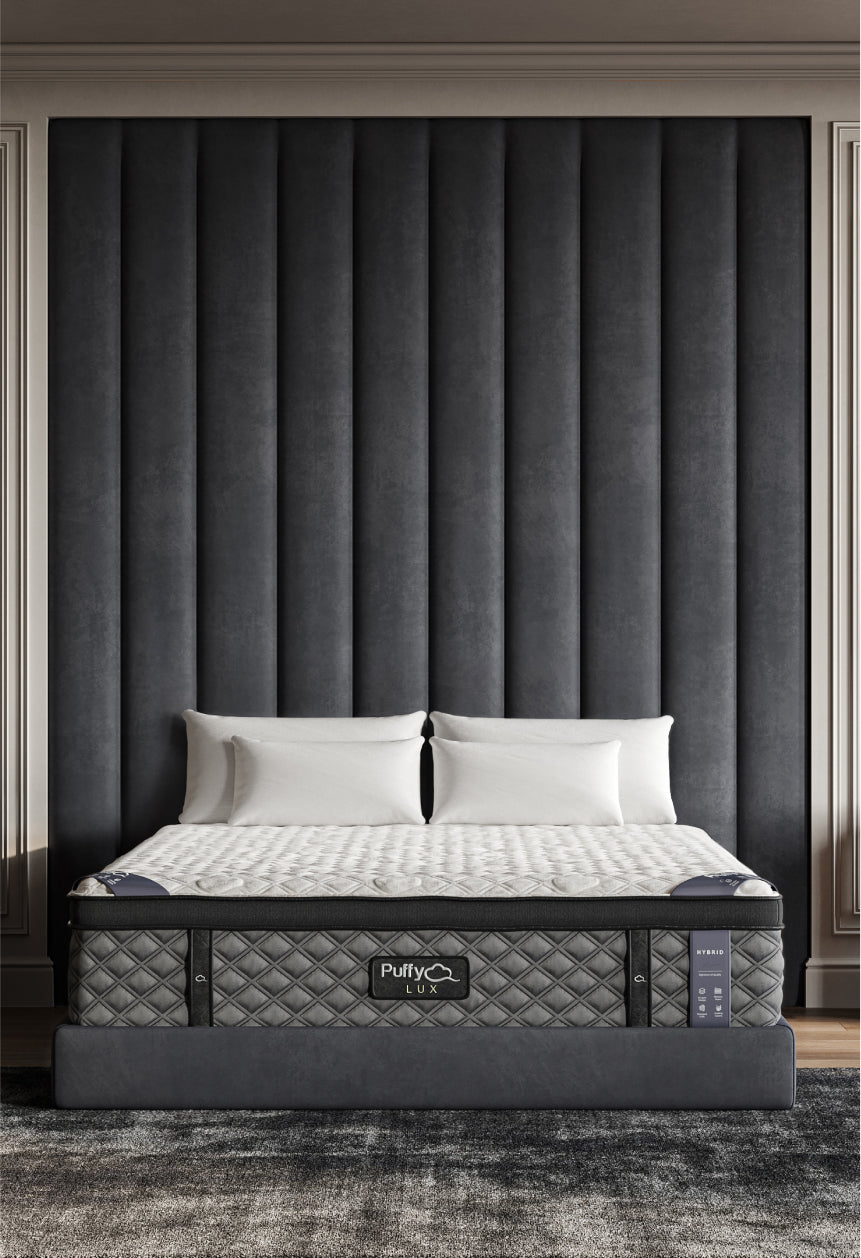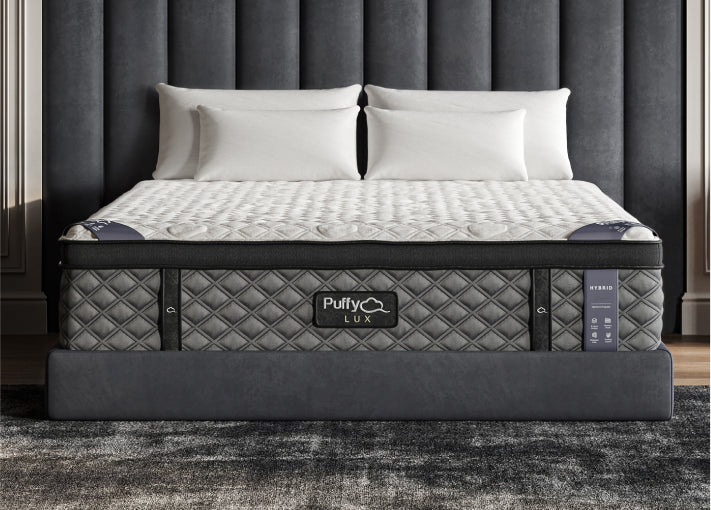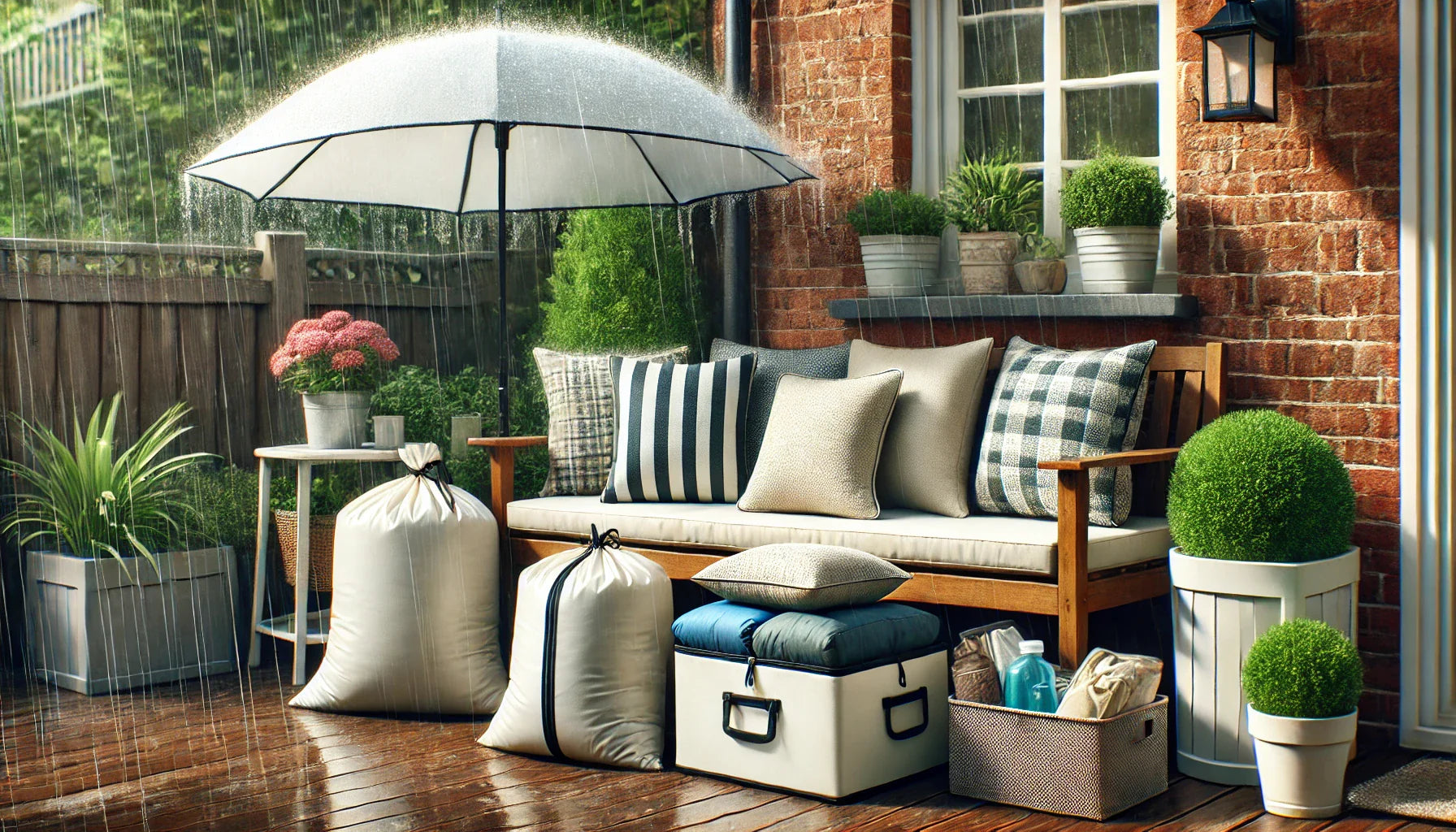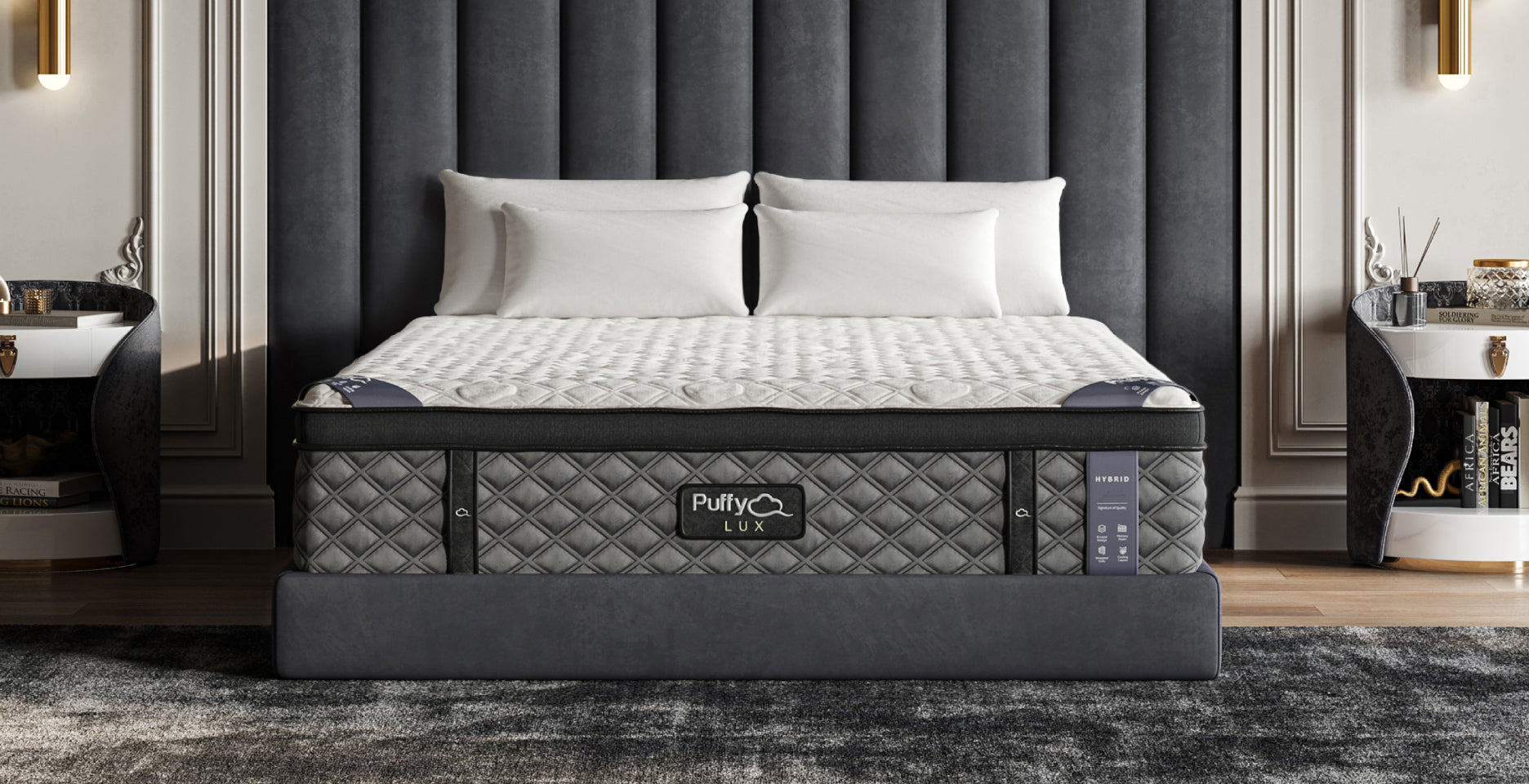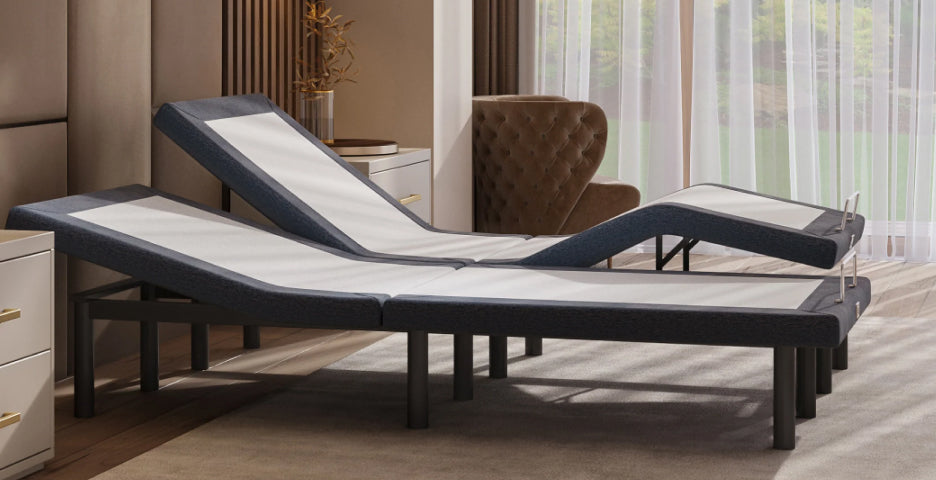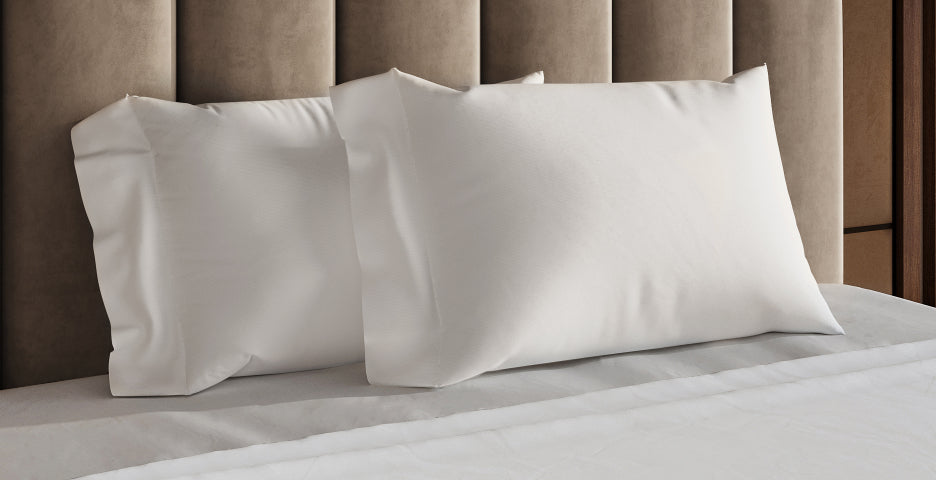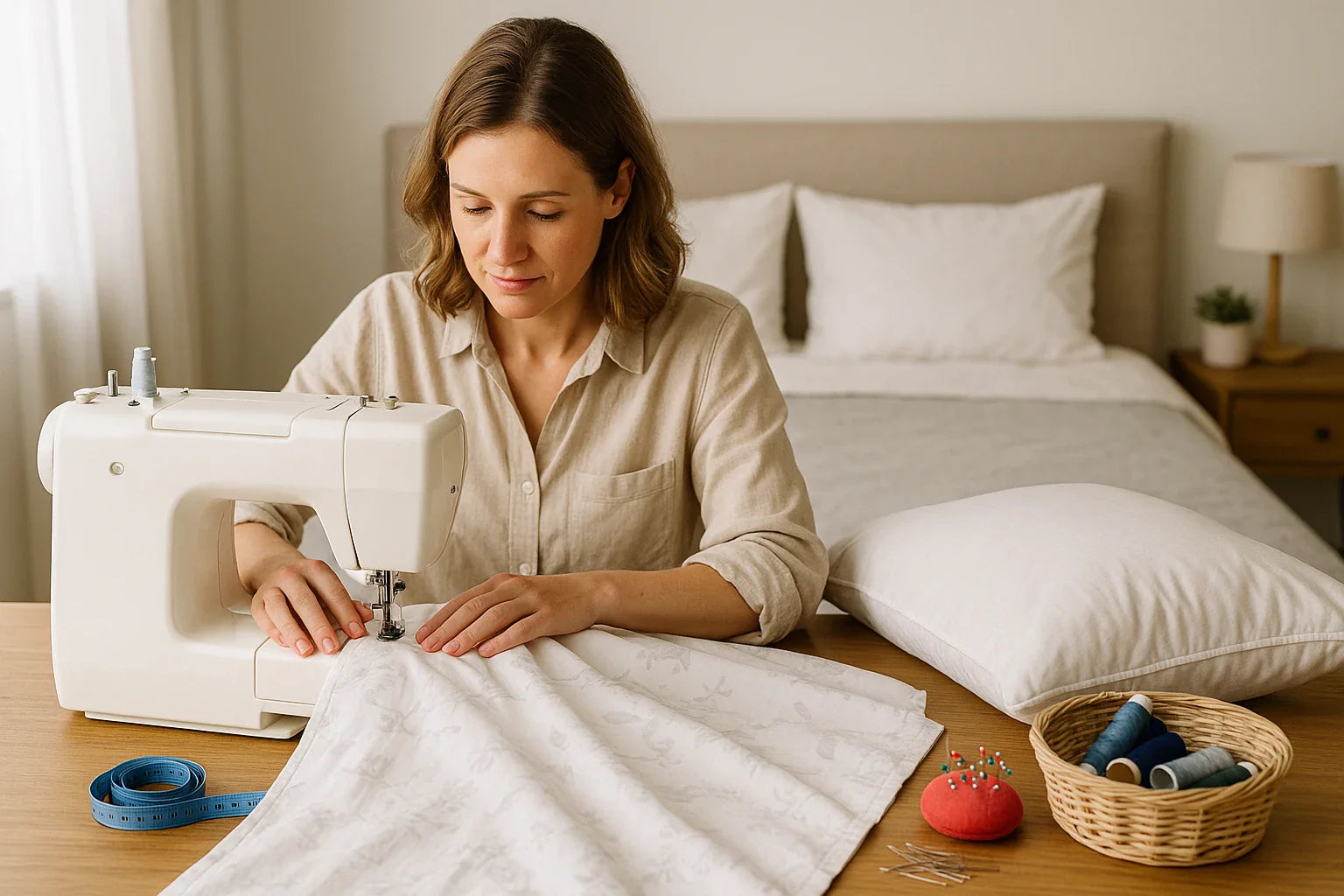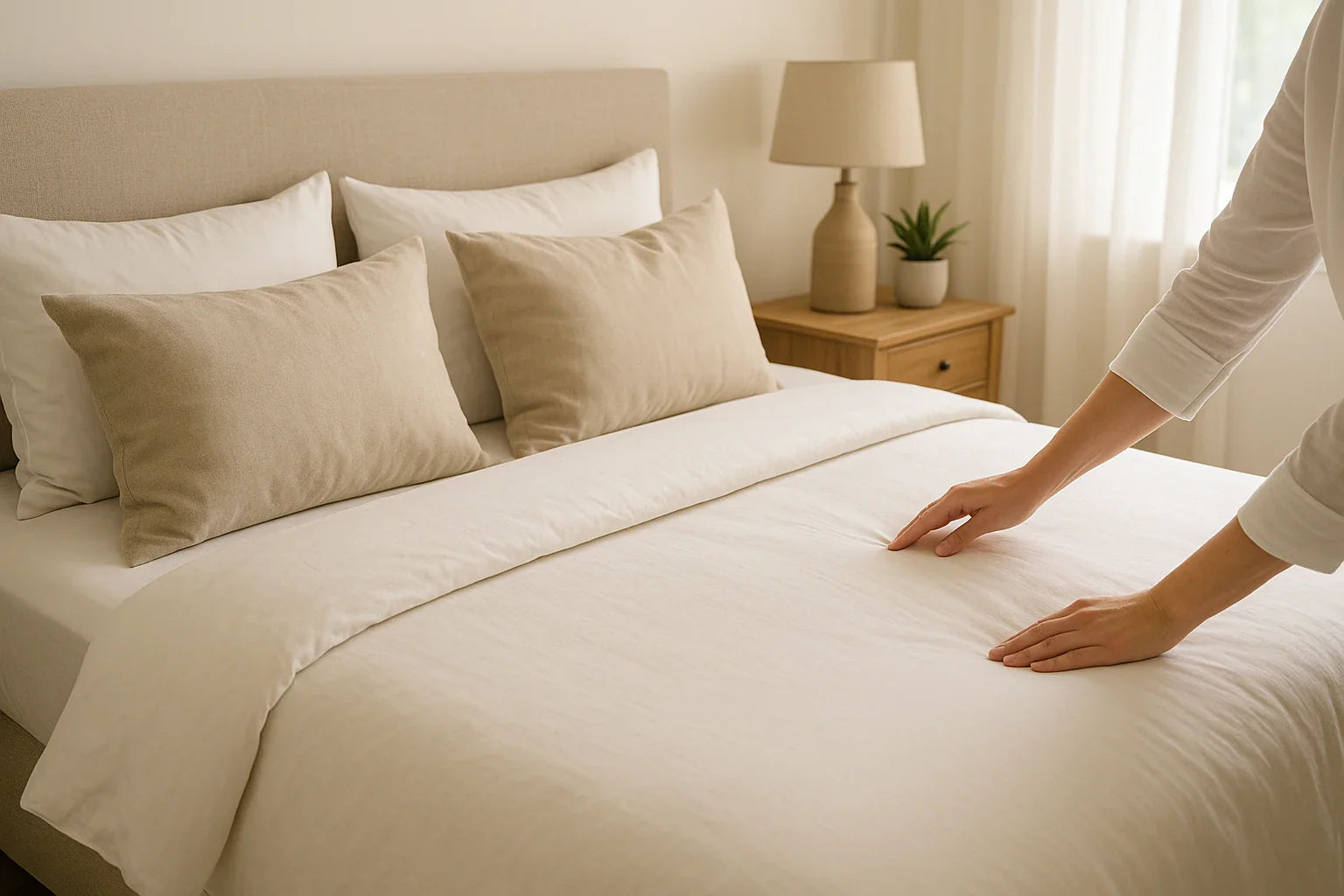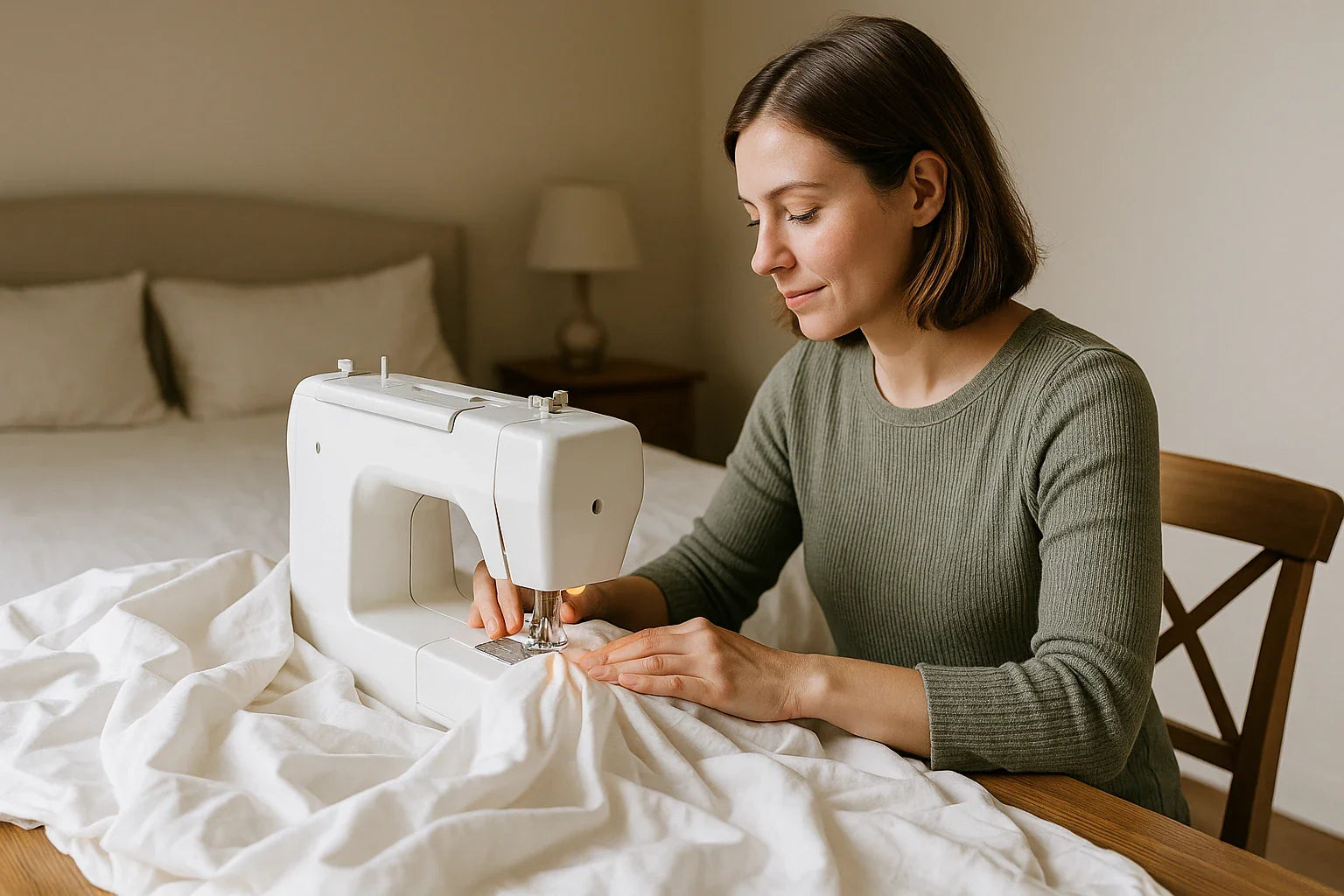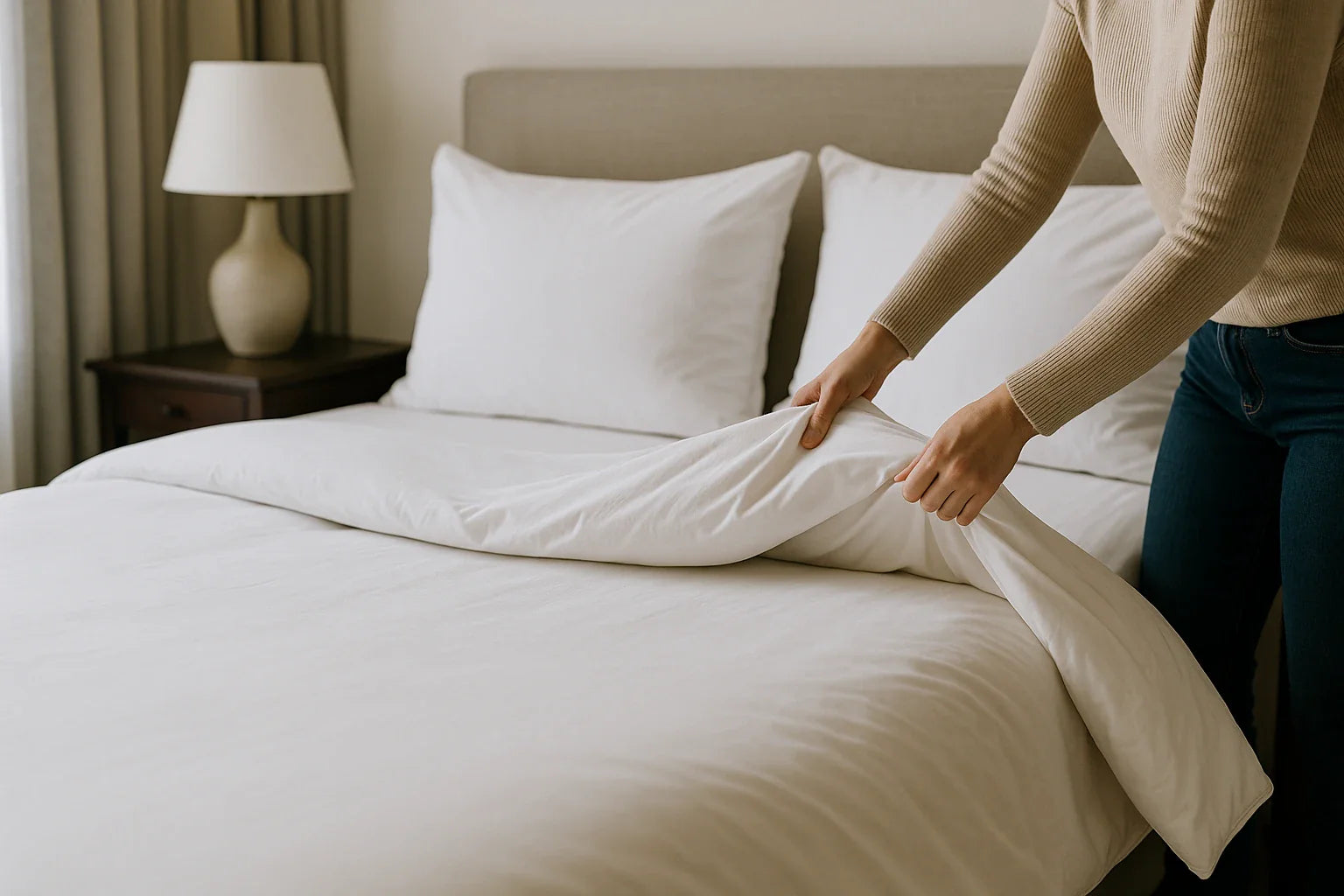Key Takeaways
- Understand exactly are outdoor pillows waterproof and how different materials affect water resistance.
- Learn whether outdoor pillows can be left out in the rain or should be stored between uses.
- Discover smart strategies for protecting outdoor pillows from moisture and sun damage.
- Get tips on how to waterproof existing pillows and prevent fading from UV exposure.
- See how outdoor care habits enhance indoor comfort and cleanliness with the right mattress pairing.
When setting up the perfect outdoor space—whether it’s a back patio, porch swing, or poolside lounger—comfort is key.
And that often means piling on the pillows. But one of the most common questions homeowners ask is: are outdoor pillows waterproof?
While many are water-resistant, not all can handle a soaking rainstorm. Let’s break down what you need to know about water protection, care, and how to extend the life of your favorite outdoor cushions.
Are Outdoor Pillows Waterproof?
The short answer is: not always. Most outdoor pillows are water-resistant, not fully waterproof. That means they can repel light moisture but may soak through in heavy rain.
Waterproof vs. Water-Resistant:
| Feature | Water-Resistant Pillows | Waterproof Pillows |
|---|---|---|
| Light Rain Protection | ✅ Yes | ✅ Yes |
| Heavy Rain Protection | ⚠️ Limited | ✅ Full protection |
| Quick-Dry Fabric | ✅ Often | ✅ Often |
| Water-Proof Inner Liner | ❌ Rare | ✅ Sometimes included |
Common Materials:
-
Polyester: Durable, dries quickly, but not waterproof
-
Acrylic fabrics (e.g., Sunbrella): Highly resistant to water and fading
-
PVC-coated fabrics: Found in true waterproof outdoor gear
After sprucing up our patio with bright outdoor cushions, a surprise rainstorm reminded us why water resistance isn’t the same as waterproof—thankfully, they dried out fine in the sun, but we learned to store them overnight.
Can Outdoor Pillows Get Rained On?
Yes, but they shouldn’t stay wet for long. Even water-resistant pillows can become waterlogged if left out in prolonged rain.
What Happens When They Stay Wet:
-
Mildew and mold growth inside the fill
-
Fabric breakdown from repeated wet-dry cycles
-
Lingering odors and flattened shape
How to Dry Wet Outdoor Pillows:
-
Remove covers if possible.
-
Squeeze out excess water—don’t twist.
-
Lay flat in direct sunlight, flipping every hour.
-
Use a fan for faster drying on cloudy days.
If a pillow stays damp or starts to smell musty, it’s time for a deep clean—or in some cases, a replacement.
Once you’re back indoors, you’ll appreciate how a Puffy Lux Mattress resists moisture buildup thanks to its breathable layers—no musty surprises after laundry day.
How to Protect Outdoor Pillows
A few extra steps can drastically extend the life of your outdoor cushions and pillows. Proper care not only keeps them looking great but also preserves comfort and structure through all seasons.
Everyday Protection Tips:
-
Bring them in at night or before heavy rain.
- Even water-resistant pillows benefit from staying dry overnight, especially during periods of high humidity.
-
Store in deck boxes or covered bins when not in use.
- Choose ventilated containers to avoid moisture buildup, which can lead to mildew.
-
Use pillow covers made from water-resistant fabrics.
- Opt for removable, washable covers to simplify regular cleaning and extend the life of the cushion insert.
-
Prop upright after use to help airflow and dry time.
- This simple habit can drastically reduce moisture accumulation and prevent mildew under cushions.
Seasonal Tips:
-
Wash and dry thoroughly before winter storage.
- Make sure pillows are fully dry before packing to prevent mold growth during the off-season.
-
Keep in a dry, well-ventilated area.
- Avoid sealing pillows in airtight bags—opt for breathable storage fabric bins or mesh sacks.
-
Use silica gel packs or moisture absorbers in storage bins.
- These help control humidity and keep enclosed storage areas dry and fresh throughout the colder months.
How to Waterproof Outdoor Pillows
If your favorite cushions aren’t fully waterproof, you can give them an upgrade. A little DIY effort can go a long way in making them better suited for unpredictable weather and everyday outdoor use.
DIY Waterproofing Steps:
-
Clean the pillows thoroughly—any dirt or oils will affect absorption.
- Use a mild soap and warm water to scrub the surface, rinse thoroughly, and let them dry completely before applying any treatment.
-
Choose a fabric protector: Scotchgard Outdoor or similar.
- Look for a product specifically designed for outdoor fabrics that also provides UV protection to help prevent fading.
-
Apply in a well-ventilated area.
- Outdoors or in a garage with open doors is ideal to ensure proper air circulation and safety while spraying.
-
Spray evenly over the entire surface, including seams.
- Hold the can 6–8 inches away and coat with a steady, sweeping motion. Don’t forget the underside and edges.
-
Let dry fully and repeat for added protection.
- One coat may help, but two light coats often provide better coverage and durability.
Bonus Tip:
Focus on seams and piping—these are often the first areas to leak.
Reapply every 2–3 months, especially after heavy rain or washing. Keeping up with regular treatments can significantly extend the life and appearance of your outdoor pillows, making them a smarter investment over time.
How to Keep Outdoor Pillows from Fading
Sunlight is another big enemy of outdoor fabrics. Even water-resistant pillows can fade quickly if exposed daily, especially in regions with intense UV rays or longer daylight hours in the summer.
Fading Prevention Tips:
-
Choose UV-resistant fabrics like solution-dyed acrylic.
- These materials are specifically engineered to lock in color and withstand prolonged sun exposure without losing vibrancy.
-
Rotate pillows regularly to avoid uneven fading.
- Switching their positions weekly can help ensure all sides receive balanced light, which keeps the color consistent longer.
-
Store when not in use, especially during peak sun hours.
- A shaded bin, deck box, or even a covered porch helps limit exposure when the sun is at its strongest.
-
Apply UV-protectant sprays after cleaning.
- These sprays form an invisible shield that reinforces your pillow’s resistance to color degradation.
Look for pillows labeled “fade-resistant” or “UV-protected” for best results, and consider reapplying UV spray every 2–3 months for lasting protection.
Final Thoughts
So, are outdoor pillows waterproof? Not by default—but with the right materials, habits, and a few proactive measures, they can easily withstand outdoor life.
Whether you’re lounging under the sun or prepping for a sudden downpour, knowing how to protect your outdoor pillows helps keep your space stylish and comfortable all season long.
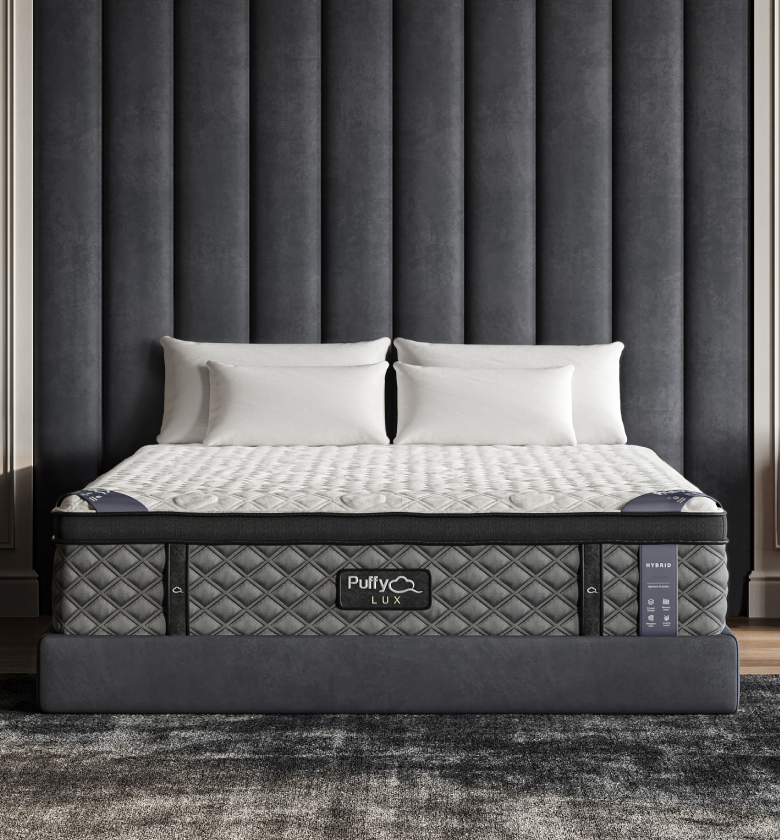
$1,350 in savings
Transform your comfort with the Puffy Lux.
Relax into award-winning comfort with this hybrid mattress:
- 8 layers of cloudlike luxury.
- Medium-plush feel.
- Gel-infused cooling.
- 101-night sleep trial.
